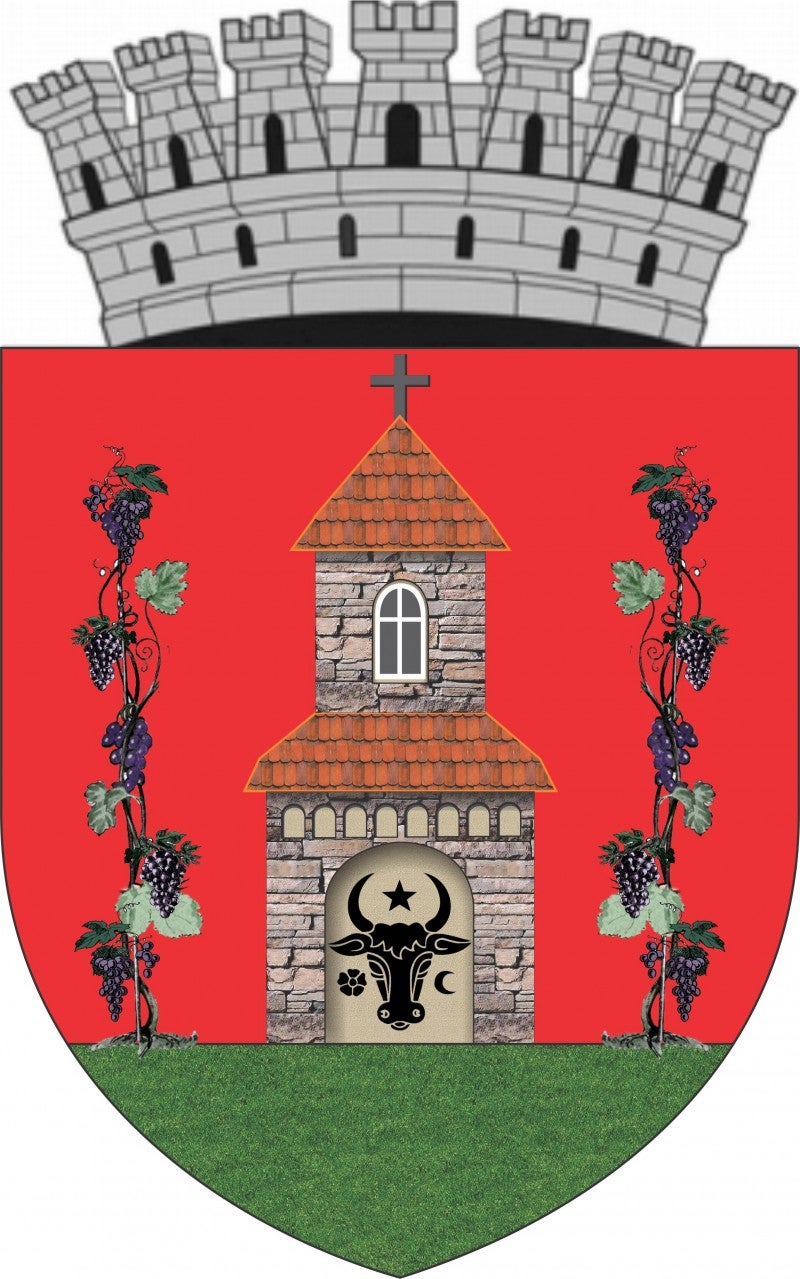 Huşi
Huşi

Huşi is a city in the Vaslui County, Romania, former capital of the disbanded Fălciu County in the historical region of Moldavia, Romanian Orthodox episcopal see, and home of some of the best vineyards of Romania. The city is located on a branch of the Iaşi-Galaţi railway, nine miles west of the Prut River and the frontier with the Republic of Moldova. In 2000, the city's population was 33,320—more than double the 1900 population of 15,404.
One theory states that Huşi has been founded in the 15th century by a colony of Hussites, from whom its name would have been derived; it was disputed by renowned scholars such as Nicolae Iorga and the bishop Melchisedec, who argued that the name of the city is older, originating with the boyar Hus (name also rendered as Husul or Husea), who owned land in the area.
The first document mentioning the city is a letter of December 17, 1487, sent by the Prince of Moldavia, Stephen III the Great, to the influential Saxon traders of Braşov; the text indicates that the letter had been sent from Huşi. Soon after, Huşi became one of the favorite places of residence of Stephen III, a fact which led to a noted rise in economical and political status for the following period.
Princes who succeeded Stephen—such as Bogdan III cel Orb, Petru Rareş, Iliaş, Alexandru Lăpuşneanu, and Ioan Vodă cel Cumplit—also chose Huşi as one of their favorite residences (taking in view both its wines and the strategic location which allowed an efficient overseeing of several anti-Ottoman campaigns).
In 1598, during the reign of Ieremia Movilă, Huşi was established as an episcopal see of the Eastern Orthodox Church, although the Huşi cathedral had in fact been built by Stephen III (1491) as the church of his palace there. After 1598, the bishops became the owners of the city and its lands, and were thus the main agents behind the city's development.
In 1711, Huşi was the place of signing for the Treaty of the Pruth that ended the Russo-Turkish War.
According to local tradition, the first Jewish immigrants would have come to Huşi some time after 1484 (documents mention "five families, among them Frisof, Stofler and Gronic"); in 1747 there were about 1,042 Jews in city; cca. 2,500 in 1859; 3,587 in 1897; 2,514 in 1930; 2,100 in 1942; 2,000 in 1992. In 2005, Huşi was home to only 25 Jews (0–15 years old: 1 person; 16–35 years old: 3 persons; 36–60 years old: 6 persons; over 60 years old: 10 persons), the result of successive waves of aliyah after World War II. The current president of the Jewish community is Iosif Leibovici.
The Jews of Huşi have had an important role in the economic development of the city, especially in the 18th and 19th centuries, at a time when the city was considered one of the most important in Moldavia.
The first synagogue (Beth-Hanidras, the Great Synagogue) was built in the 18th century. In 1943 there were five synagogues (Beth-Hanidras, Ceauşul Mare, Blănari, Croitorilor, Postelnici). Only one synagogue serves the Jewish community nowadays. The first Jewish cemetery was founded in 1680, on Călăraşi Street. The second cemetery was opened in 1880, and it is still in use.
According to some historians Husi was established by hussite refugees from the Hungarian Kingdom in the 15th century. The town itself has a significant role in the Hungarian history because the first Hungarian Bible translation was written in Husi. Its copies can be found in the Vienna-codex and Apor-codex. During the Counter-Reformation the Hussite citizens were converted to Catholic faith nevertheless in the 17th century the majority of the town were Hungarian-Saxon Catholics. As archbishop Bandinus wrote in 1648 "the habitants here are Hungarian, and Rumanians, Hungarians are in the majority. They share the leading positions between them: if in one year the judge is Hungarian, next year a Rumanian will be the judge, so the leaders are changed alternately. The Hussites until now sang in Hungarian at holy masses and liturgies, what was a bad practice in that time. We arranged this in order to satisfy the need of the people, that the holy liturgies will be performed in Latin, and before and after the mass the hymns should be sung in Hungarian, to satisfy the devotion of the people. Two years ago, a village on the river Prut had twelve Hungarian houses, but because of many difficulties The Hungarian people immigrated to the Tatar land, to the town called Csoborcsok, and others to Husi so the region remained abandoned. Catholics are 682, in number they have a Seculi priest called Michael Rabczony." After the 19th Century assamilation reached the Catholic population of Husi. In 1898 Lahovari wrote that the Hungarians number 1838 out of total 12600 however they only speak Romanian language. In 1930 the town had 3983 Catholic but only 324 Hungarian citizens. The result of assimilation that today only 9 Hungarians (out of 5826 Roman Catholics) live in Husi.